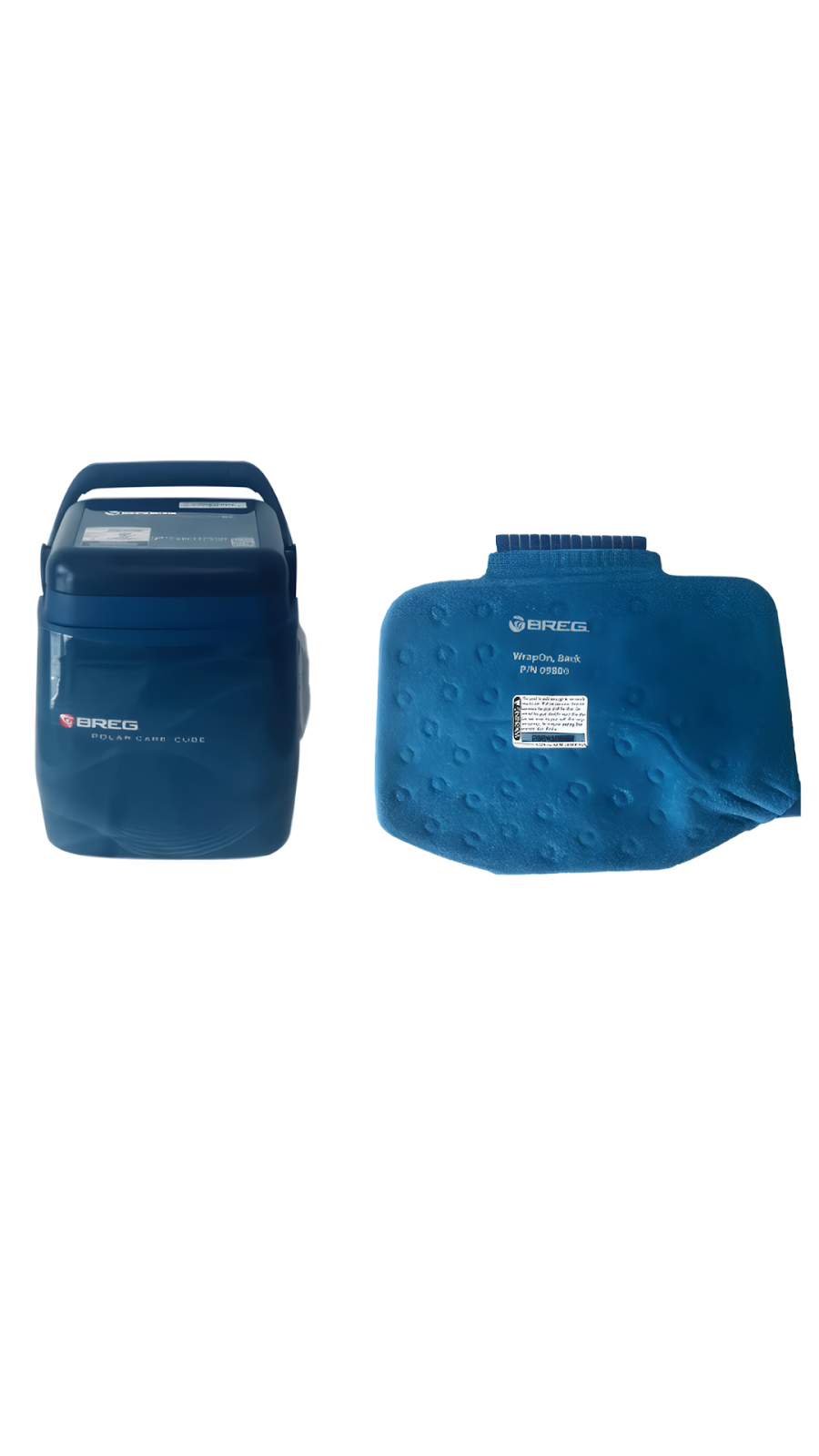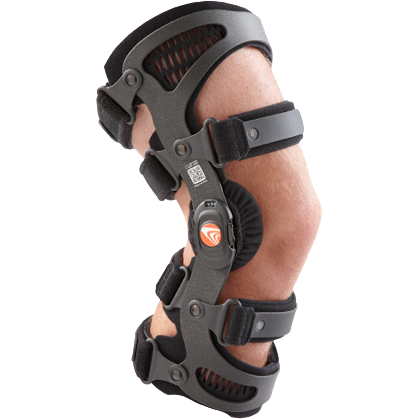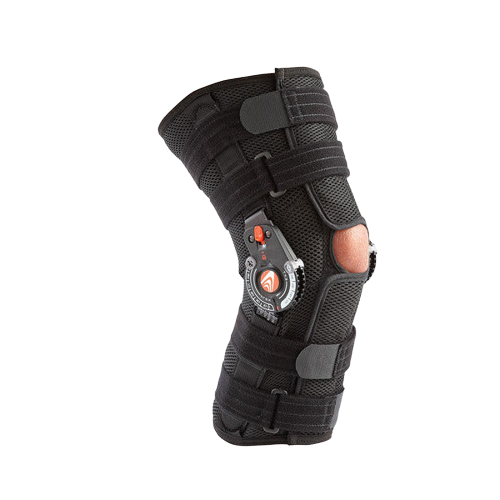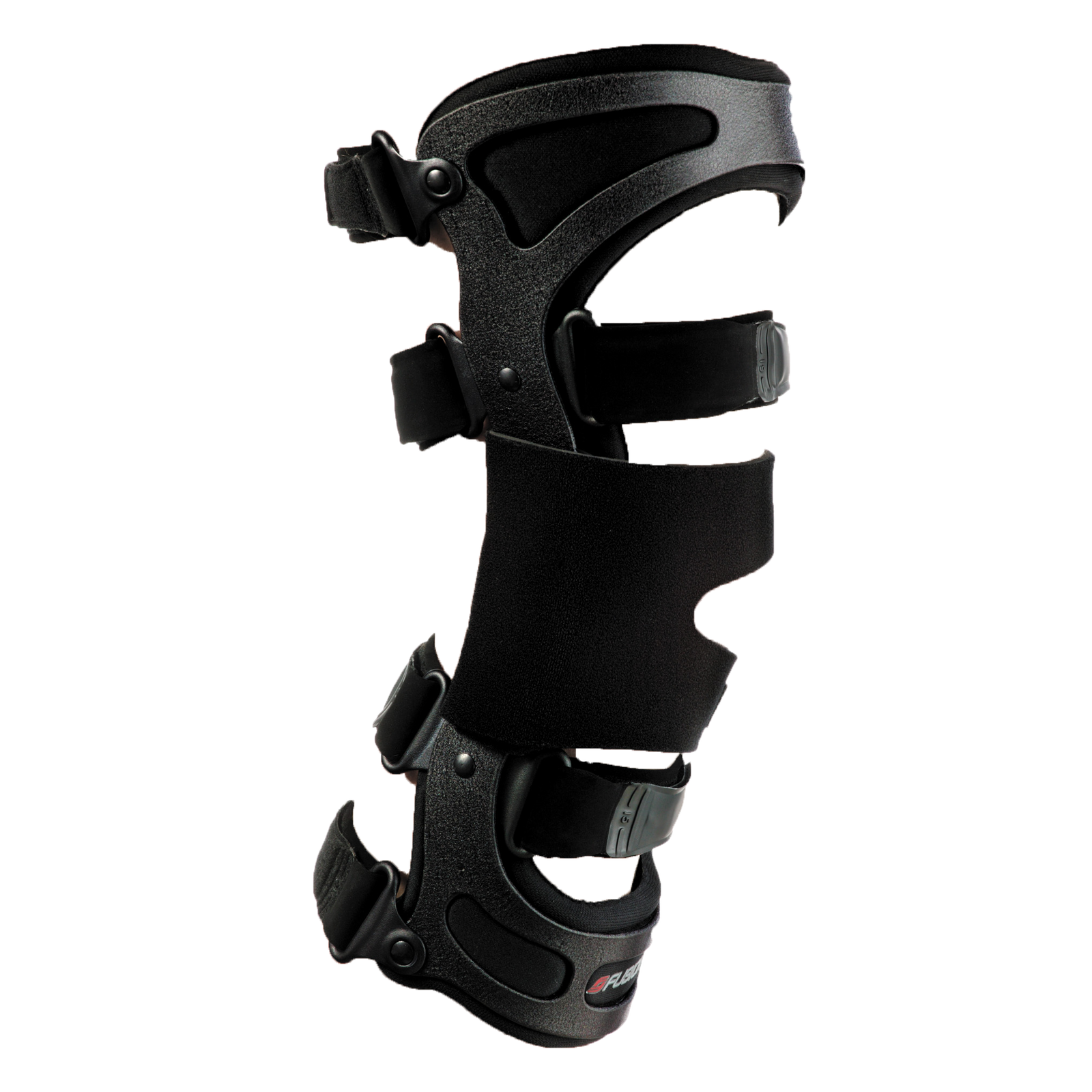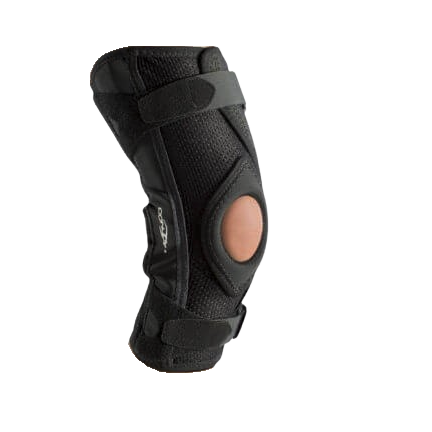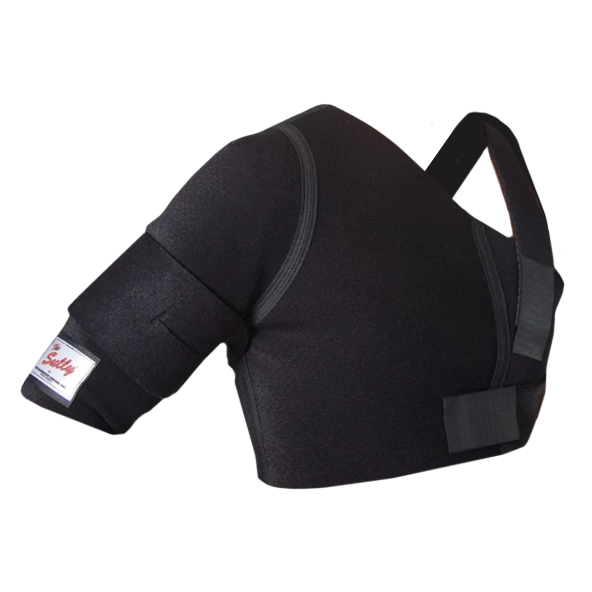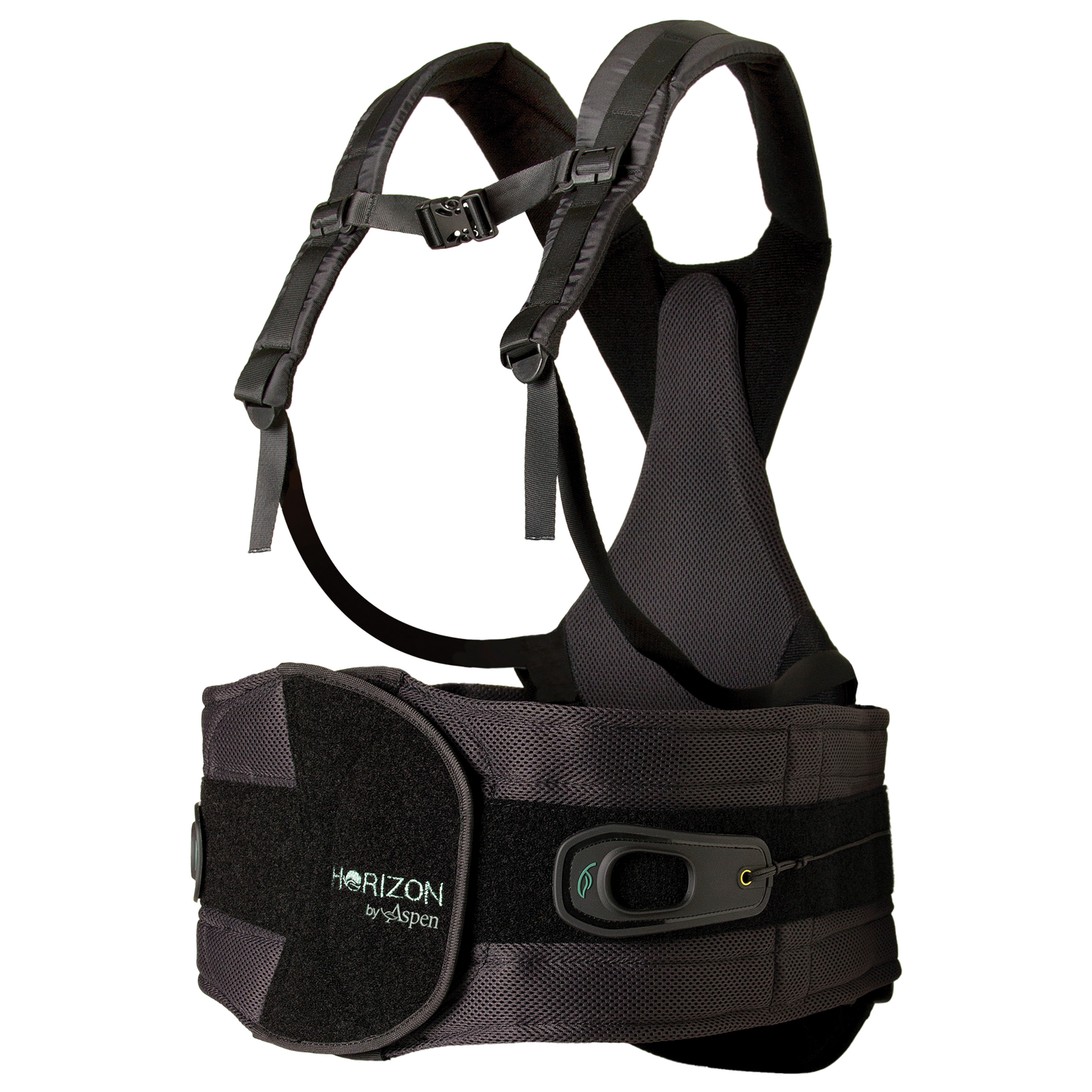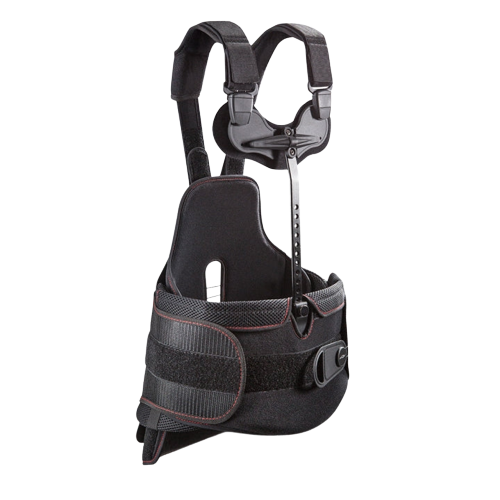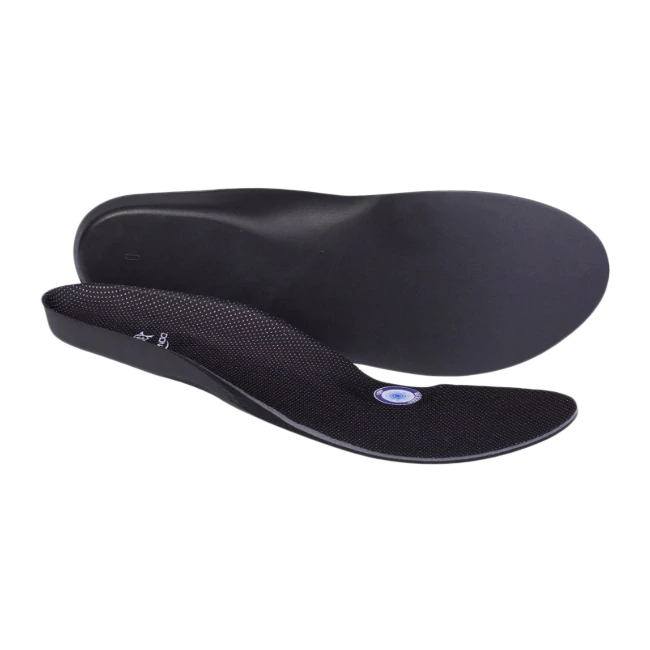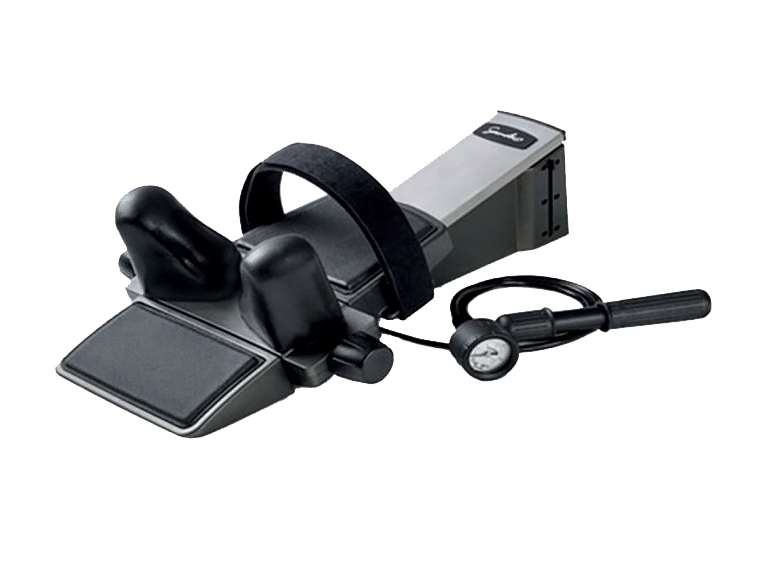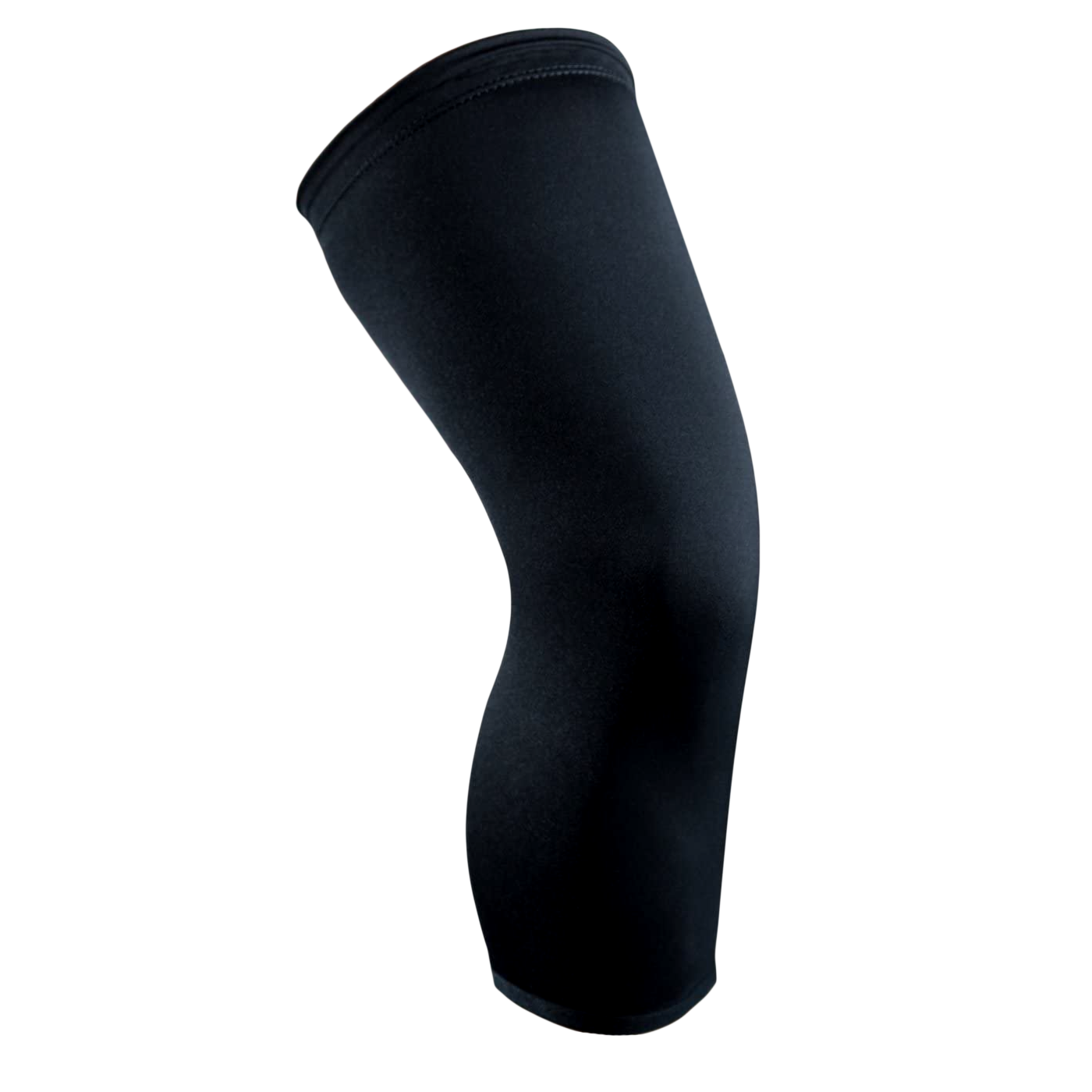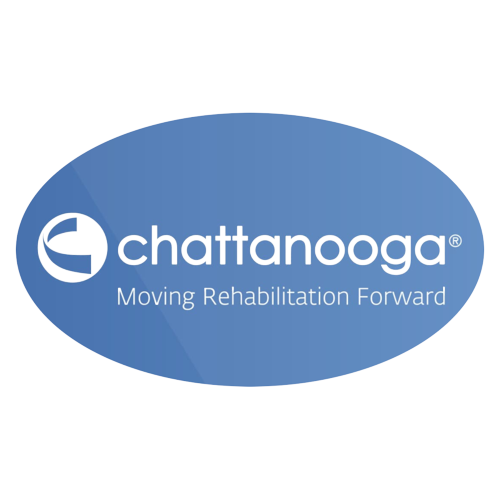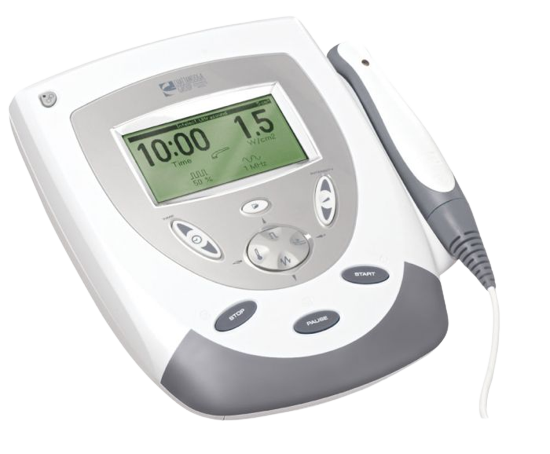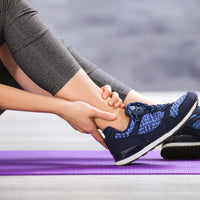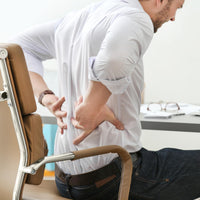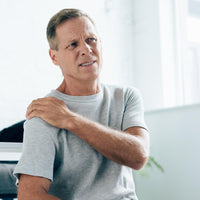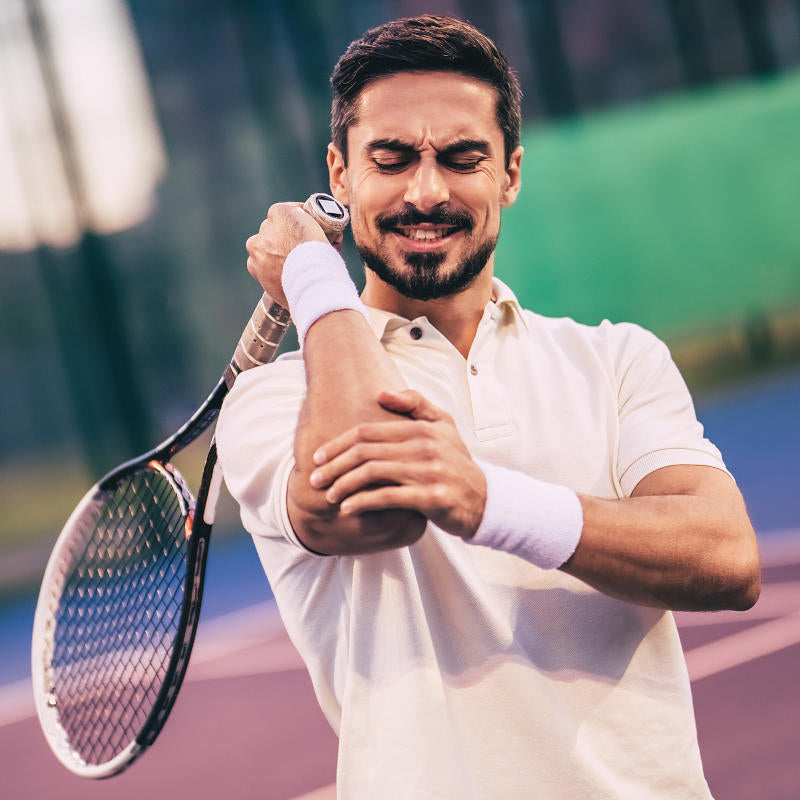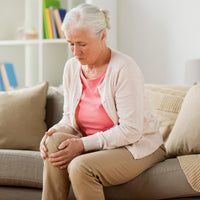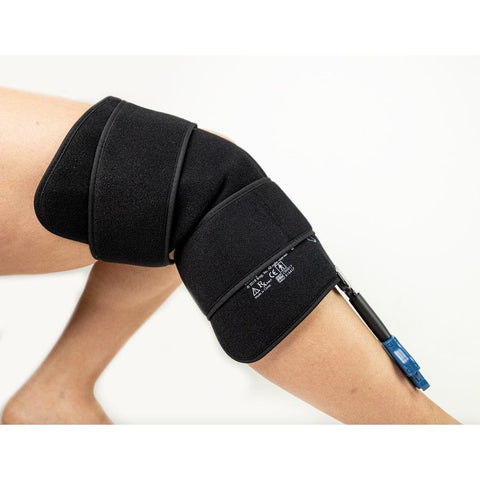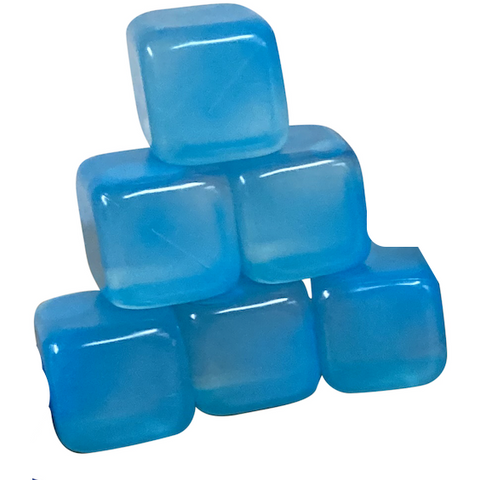By now, you’ve likely heard the term “cryotherapy” and may have a vague idea of what it is.
This popular cold therapy trend has picked up steam in recent years as celebrities and influencers have increasingly touted its health benefits.
But while cryotherapy is a proven medical treatment for certain health conditions, the science is still catching up when it comes to other claims. The effectiveness of cryotherapy depends on the specific type and method.
Here, we break down what cryotherapy is, what the research has to say about its benefits, and how you can use cryotherapy machines at home or at a clinic to your advantage for sports injury prevention and recovery.
What Is Cryotherapy?
Cryotherapy is a technique that literally means cold therapy. During the treatment, an area of the body (or the whole body) is exposed to extremely cold temperatures. There are various forms of cryotherapy. As a medical treatment, cryotherapy is a treatment used by doctors to destroy abnormal tissue.
This type of cryotherapy primarily targets skin conditions like moles, warts, skin tags, and some cancers, including prostate, cervical, and liver cancer
Home Cryotherapy
You can perform many kinds of cryo treatment at home. There are many options when it comes to cold therapy machines for home use. If you're experiencing pain in a particular body area these units circulate cold water to a particular area of the body. Wraps for knees, shoulders, and other particular body area accessories are available.
For a cheaper, DIY alternative, consider applying cold compresses, ice cubes, or ice packs to relieve pain is one type of cryotherapy.
How to Do Cryotherapy at Home

You can also use the same cold therapy machines at home that are commonly used in hospitals and physical therapy clinics to alleviate pain. They come in a number of different shapes, sizes, and functions and offer targeted relief from pain and can help speed up recovery.
At a glance, here are some of the most popular at home cryotherapy units:
- Breg Polar Care Wave Cryotherapy System
- Breg Polar Care Cube
- DonJoy IceMan Clear 3 Cryotherapy System
- Aircast Cryo Cuff IC Cooler
- Game Ready Ice Machine
Check out this guide to the Best Cold Therapy Machines if you’re interested in learning which unit is right for you.
Another way to do cryotherapy at home is to place an ice pack or a bag of ice on the affected area. Some athletes choose to take an ice bath or simply a cold shower post workout. You should limit exposure to cryo temperatures with these methods to 20 minutes at a time. If you’re using an ice pack, wrap it in a towel to protect your skin.
Whole Body Cryotherapy
In recent years, a new form of cryotherapy has emerged, known as whole-body cryotherapy. Instead of applying an ice pack to an affected area, you enter an enclosed cryotherapy chamber that engulfs the entire body in extremely cold temperatures. Whole body cryotherapy is not a medical treatment and is offered at gyms, spas, and wellness centers.
During whole-body cryotherapy, a person sits or stands in the chamber with their head extending out through an opening for two to four minutes. How cold is cryotherapy? The air in a whole-body cryotherapy enclosure reaches temperatures of minus 200 to minus 300 degrees Fahrenheit.
What Are the Health Benefits of Cryotherapy?
Does cryotherapy work? You may have seen numerous health claims for the benefits of whole-body cryotherapy. These claims surround conditions like asthma, Alzheimer’s disease, depression, anxiety, arthritis, multiple sclerosis, and a host of others.
Some of these claims are backed by at least preliminary research, but the U.S. Food & Drug Administration (FDA) warns that there’s no evidence that the technique effectively treats diseases or health conditions. Here’s what the research says so far about the benefits of whole-body cryotherapy and targeted cryotherapy.
1. Pain
If you’ve ever iced a swollen ankle or sore back, you know the relief cold temperatures can bring. That’s because the cold can actually numb your nerves and reduce the perception of pain.
2. Muscle Soreness and Recovery
Targeted cryotherapy can reduce muscle soreness and inflammation after exercise. This can help with the prevention and treatment of sports injuries. (More on this below.)
3. Athletic Performance
Long-term benefits of cryotherapy for athletes include improved post-exercise recovery, reduced pain, better mood, and improved overall quality of life.
4. Migraines
According to one study, targeted cryotherapy can help with migraines. The researchers determined that applying a neck wrap with two ice packs to the neck can significantly reduce migraine pain.
5. Rheumatoid Arthritis
One study looking at the effects of whole body cryotherapy on rheumatoid arthritis found it significantly decreased pain in people with the condition.
6. Skin Conditions
Skin conditions that are inflammatory by nature, such as atopic dermatitis, may benefit from cryotherapy, which is known to reduce inflammation.
Risks Associated With Cryotherapy
The FDA warns of some risks associated with whole-body cryotherapy. These include frostbite, burns, and eye injury from extremely cold temperatures. If liquid nitrogen is used to cool the chamber, it can reduce the amount of oxygen in the room and can lead to oxygen deficiency or asphyxiation.
The Risks of Whole Body Cryotherapy
Anyone wanting to try whole-body cryotherapy should speak with their doctor before doing so. Pregnant women and people with certain health conditions — including high blood pressure, heart disease, lung disease, poor blood circulation, or neuropathy in the legs or feet — should avoid whole-body cryotherapy. The extreme cold may aggravate symptoms.
Other types of cryotherapy are considered generally safe and should be well-tolerated, though as with any treatment, there are some risks.
Risks of Physician Assisted Cryotherapy
Cryotherapy to treat abnormal tissues may lead to complications like swelling, scarring, or skin infections. There is also a small risk of bone fractures, and nerve damage resulting in loss of feeling. Some patients have experienced bleeding, cramping, or pain following cryotherapy around the cervix.
Targeted Cryotherapy Risks
Targeted cryotherapy used to treat pain comes with its own list of risks, such as burns and frostbite. You should only apply cold therapy for 15 to 20 minutes at a time. People with diabetes or conditions that affect the nerves should not take part in cryotherapy. These individuals may not be able to feel the severity of the treatment, which could result in further nerve damage.
How Cryotherapy Can Help With Sports Injury Prevention and Recovery
Doctors have long recommended ice packs to soothe painful and injured muscles. There's a good reason for that: the cold numbs the area and reduces swelling, inflammation, and pain.
Reduced Soreness
Research provides further evidence that cryotherapy can soothe athletes’ muscles post workout, which can help prevent sports injuries. For example, a Cochrane research review of 17 studies concluded that cold-water-immersion therapy can reduce delayed onset muscle soreness when compared to rest or no intervention at all.
Improved Recovery
Another study published in the International Journal of Sports Physiology and Performance found that cryotherapy was associated with higher perceived recovery after exercise. This research discovered that cold water immersion was more effective than whole-body cryotherapy.
Reduced Inflammation
Finally, a literature review published in the International Journal of Sports Medicine determined that cryotherapy post workout can lead to improvements in recovery from pain, loss of muscle function, and markers of inflammation and damage.
Musculoskeletal Sports Injury Recovery
Musculoskeletal injuries (injuries affecting the muscles, bones, joints, ligaments, tendons, or other connective tissue in the body) are the most likely injuries to benefit from cryotherapy. Cryotherapy has also been shown to reduce pain following knee, hip, shoulder, and spine surgery.
When to Use Cryotherapy for Sports Injuries
Cryotherapy is effective both immediately following an injury and during the rehabilitation phase. Right after an injury occurs, cryotherapy slows the metabolism, thereby minimizing the degree of tissue damage, as well as the risk of further injury to surrounding cells. During rehabilitation, cold therapy is mainly used to reduce pain. This allows for an earlier and more intense return to exercise.
Other Tips for Sports Injury Prevention

To prevent and moderate sports injuries, consider using braces, which provide external support to increase the stability of your joints. They can be worn on ankles, knees, wrists, or shoulders and can help prevent fractures and sprains.
Compression sleeves can help reduce pain, inflammation, and swelling and improve joint stability.
Traction devices can help treat neck pain and related injuries. The device pulls the head away from the neck, creating expansion and eliminating compression. Traction is considered an alternative treatment for neck pain and can be used as part of a physical therapy treatment.
What to Expect During a Cryotherapy Session
Whether you’re preparing for home cryotherapy or cryotherapy at a healthcare facility, here are a few tips to prepare.
First, how does cryotherapy work at home?
How to Prepare for a Cryotherapy Session at a Healthcare Facility
There are different types of cryotherapy, including targeted cryotherapy for pain, whole-body cryotherapy at a spa or wellness center, and medical cryotherapy to remove abnormal tissues. Getting ready for cryotherapy depends on the type and the facility.
Preparing for Targeted Cryotherapy
You may undergo targeted cryotherapy for inflammation or pain. The clinic you visit should provide you with everything you need to know about how to prepare for your visit. You’ll also fill out some paperwork to make sure you don’t have any underlying health conditions that would prohibit you from taking part in the treatment.
A nurse or other employee at the clinic will likely take you to a dressing room and instruct you about garments to remove. You may also be provided with a gown or a robe. Once you change, you’ll be ready to begin your cryotherapy session.
Preparing for Spa Cryotherapy
If you visit a spa or wellness center to receive whole body cryotherapy, it’s important to bring socks and gloves to protect your hands and feet from frostbite. You’ll also want to wear dry, loose-fitting clothes. Before trying whole body cryotherapy, talk to your doctor about any potential risks.
Preparing for Medical Cryotherapy
If you’re undergoing cryotherapy as a medical treatment for abnormal tissues or cancer, your healthcare provider will let you know if there’s anything you need to do to prepare beforehand. This may include not eating or drinking for a period of time.
What to Expect After Cryotherapy
As you may expect, immediately after targeted or whole body cryotherapy, your skin may feel numb and you might feel a slight tingling sensation. However, within minutes your skin will return to its normal temperature. Generally, muscle pain will subside following cryotherapy and you’ll likely feel a sense of calm and relaxation.
After receiving medical cryotherapy for a skin condition, the area will turn red and may blister. Pain should subside after a few days. If you received internal cryotherapy to treat cancer, you may experience pain and soreness in the area for a few days. Cryotherapy done on the cervix can lead to watery discharge for a few days.
The Bottom Line
There are several forms of cryotherapy, each with their own set of risks and benefits. Cryotherapy performed in doctor’s offices can be an effective treatment for skin conditions like warts and skin tags, as well as certain types of cancers.
Whole-body cryotherapy is a recent trend that makes a number of health promises, though research is still ongoing to substantiate whether these claims are true. Targeted cryotherapy is a great way to ease pain and prevent sports injury, as well as help athletes recover from injuries.
Consider trying cryotherapy at home with ice packs, ice baths, or cold water showers. You may also want to invest in a cold therapy machine to even further maximize the health benefits of cryotherapy.
For more injury prevention & recovery resources, read on:
Best Cold Therapy Machines for Knee Pain Relief
Game Ready Cold Therapy Machine Review (& Cheaper Alternatives)
Top Benefits of Cold Compression
Best Shoulder Compression Sleeves

